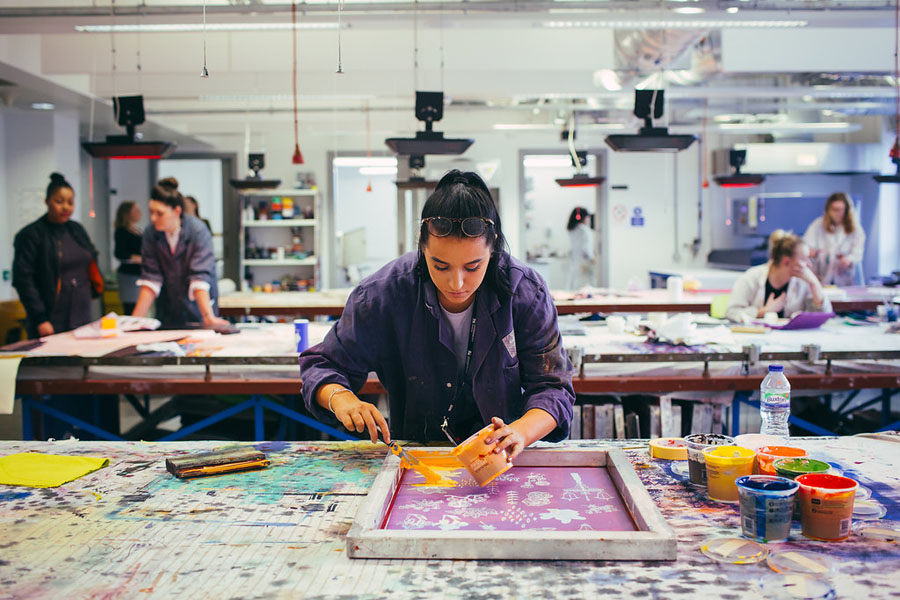
Textile design refers to the process of creating designs for fabrics and other materials used in the fashion and textile industry. It involves creating patterns, colours, and textures for different types of fabrics, such as cotton, silk, wool, and synthetic materials.
Textile designers use a variety of techniques to create their designs, such as drawing, painting, digital software, and other mediums. They also consider factors such as the fabric's weight, durability, and end-use when designing a pattern.
Textile design can be used in a variety of industries, including fashion, home décor, and industrial products. It can also be used to create one-of-a-kind art pieces, such as tapestries and wall hangings.
Overall, textile design is a crucial aspect of the fashion and textile industry, as it plays a significant role in creating unique and visually appealing products.
Textile design involves creating designs for fabrics, knitted and woven materials, and other decorative surfaces. The scope of textile design is broad and encompasses a variety of applications, including fashion, interior design, automotive and aerospace industries, and technical textiles for medical, industrial and safety purposes.
Textile designers work with different materials such as cotton, silk, wool, linen, and synthetic fibres, and create designs using various techniques such as printing, weaving, and embroidery. They also develop new and innovative techniques to enhance the quality and aesthetic appeal of their designs.
In the fashion industry, textile designers create prints, patterns, and textures for garments, accessories, and footwear. In interior design, they create designs for upholstery, curtains, and bedding. In the automotive and aerospace industries, textile designers develop fabrics that are durable, lightweight, and fire-resistant.
Textile design also plays an important role in sustainability and environmental protection. Textile designers work on developing eco-friendly fabrics and manufacturing processes that reduce waste and pollution.
Overall, the scope of textile design is vast, and it offers a diverse range of opportunities for designers to work in various industries and create innovative and sustainable designs.